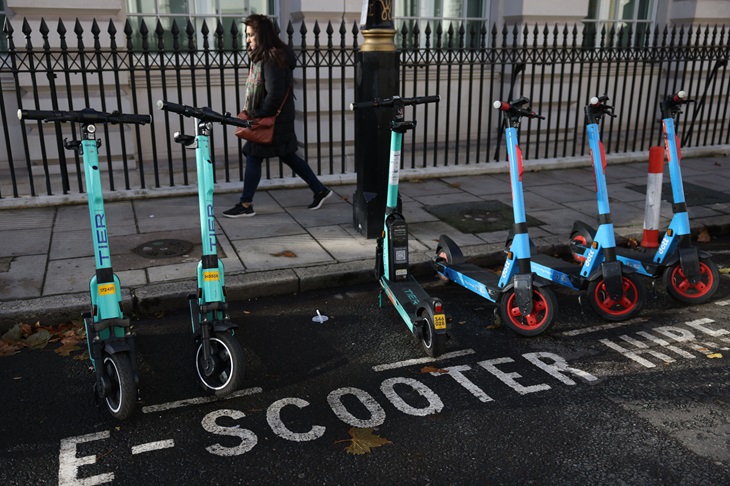In 2022, Utrecht (Holland) was ranked the world’s most bike-friendly city. Australia seems keen to compete, with the number of cyclists increasing and cycle paths becoming a must-have for eco-conscious local councils. Unsurprisingly, Canberra’s Green council holds the record as it strives for the most sustainable title.
Recent statistics show that one in five road accident hospital admissions are cyclists.
Already a subscriber? Log in
Subscribe for just $2 a week
Try a month of The Spectator Australia absolutely free and without commitment. Not only that but – if you choose to continue – you’ll pay just $2 a week for your first year.
- Unlimited access to spectator.com.au and app
- The weekly edition on the Spectator Australia app
- Spectator podcasts and newsletters
- Full access to spectator.co.uk
Or


























Comments
Don't miss out
Join the conversation with other Spectator Australia readers. Subscribe to leave a comment.
SUBSCRIBEAlready a subscriber? Log in